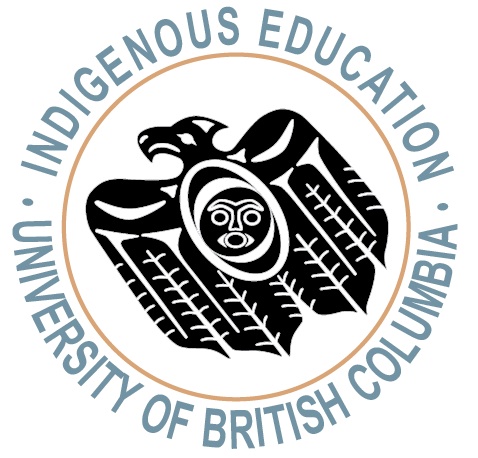M in STEM: Exploring Mathematics in all kinds of Places
Tristan Crowther
As a member of the North Vancouver SD 44 leadership team, Tsonomot (Brad Baker) and my previous principal, Rob Smyth (Cree Indigenous educator), have created space for educators, who identify as settlers, to share our story. We are encouraged to “go forward with courage” and not stand idle or be afraid to share. Brad and the district team model this courage and often “push” all levels of our organization into uncomfortable and challenging thinking.
My journey includes a stark transition from the idea that I needed to know it all, learn it all, and ultimately “be it all” to the school community I serve. Surrendering the “knowers” chair was instrumental in my journey with Indigenous Education (Lee Maracle, 2017). I have moved away from my base of understanding into the celebration of opportunity and inclusion in “shared experiences” as a mechanism to move my personal and professional growth forward in the area of Indigenous Education.
Summation of my presentation echoes the work done by our school district:
Don’t make excuses, the calls to action outlined in the TRC are clear. Educators are to play a clear role in shifting the mindset of our communities and educating our youth, teachers, and parents about the true history of Canada.
Link to contact: Twitter: @TristanCrowther
Lindsey Schroeder and Marnie Birkeland
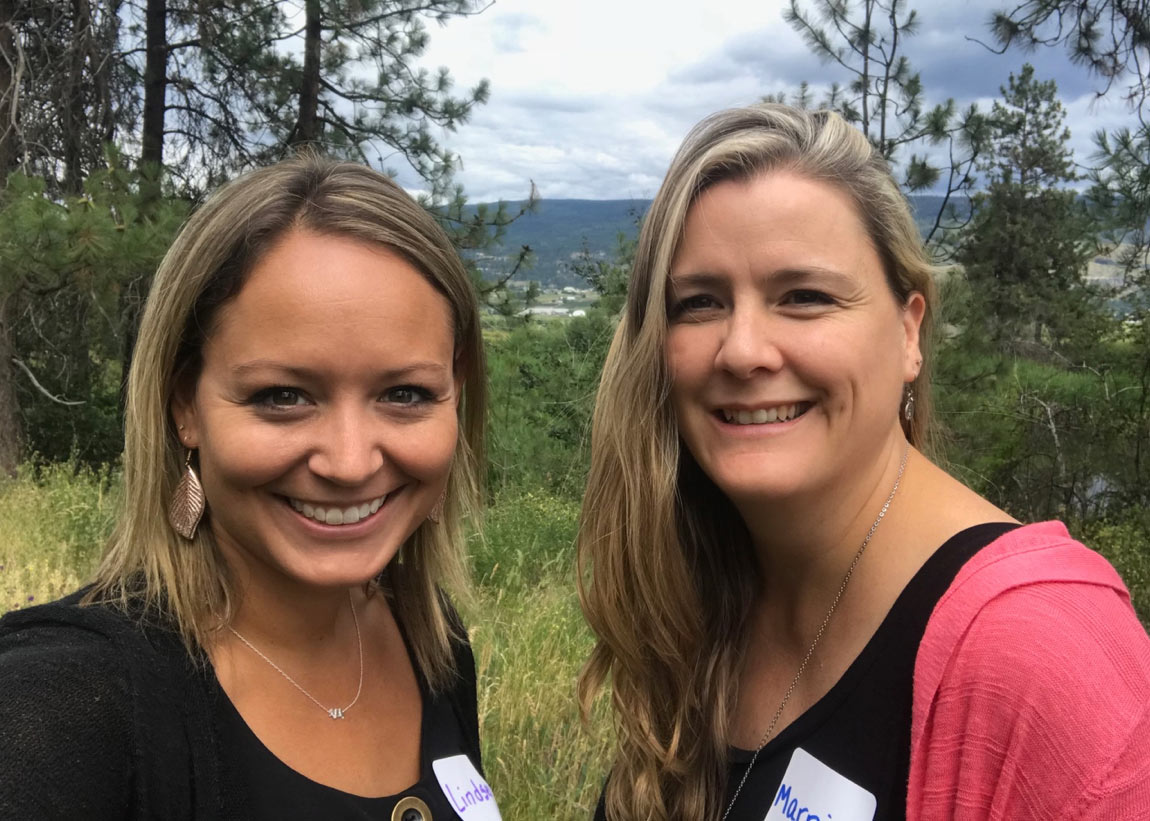 We work alongside teams of teachers who are looking to approach math in a more holistic and connected way, through the lens of the First Peoples Principles of Learning, which will help students to strengthen their number sense and build a deeper understanding of the concepts in math. Knowing that learning is holistic, reflexive, reflective, experiential, and relational, educators are creating more opportunities for their students to create deep understanding by engaging in challenging, rich, and open math tasks. Learners are asked to collaborate with others and make their thinking visible so they can share their thinking with others and build the collective knowledge of the group. Educators are also giving students a variety of activities to spark their curiosity in math, including 3-act tasks, number talks, math inquiry, play-based math, math in nature, story-based math, and vertical math. Knowing that learning requires exploration of one’s identity, educators in our district are having students use learning maps to set personal learning intentions and to develop a deeper understanding of themselves as learners.
We work alongside teams of teachers who are looking to approach math in a more holistic and connected way, through the lens of the First Peoples Principles of Learning, which will help students to strengthen their number sense and build a deeper understanding of the concepts in math. Knowing that learning is holistic, reflexive, reflective, experiential, and relational, educators are creating more opportunities for their students to create deep understanding by engaging in challenging, rich, and open math tasks. Learners are asked to collaborate with others and make their thinking visible so they can share their thinking with others and build the collective knowledge of the group. Educators are also giving students a variety of activities to spark their curiosity in math, including 3-act tasks, number talks, math inquiry, play-based math, math in nature, story-based math, and vertical math. Knowing that learning requires exploration of one’s identity, educators in our district are having students use learning maps to set personal learning intentions and to develop a deeper understanding of themselves as learners.
Numeracy website: https://www.instructionalleadershipteam.com/numeracy-resources
Link to resources: bit.ly/MathThinkingBlock
Tawni Davidson
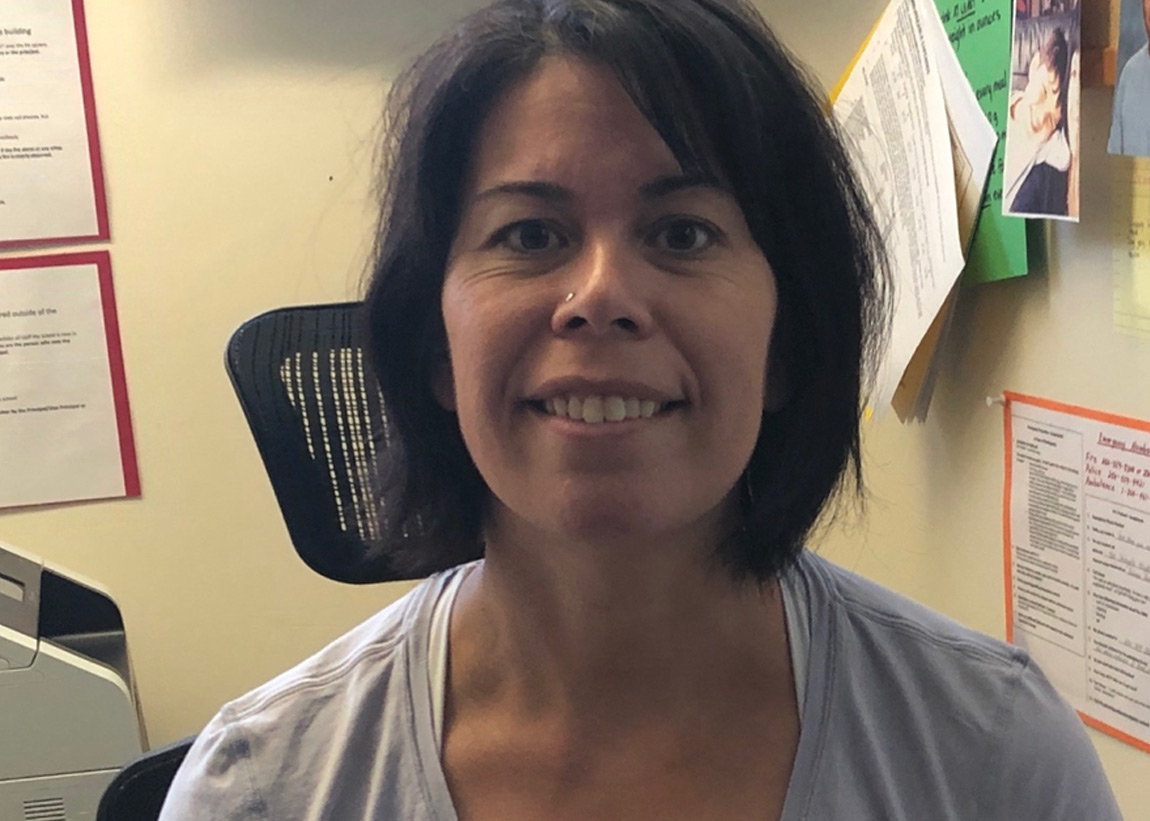 I worked with my students on Haida Gwaii to design and paint dance aprons that reflect identity. Students were able to reflect on math concepts such as patterns, size, and shape.
I worked with my students on Haida Gwaii to design and paint dance aprons that reflect identity. Students were able to reflect on math concepts such as patterns, size, and shape.
The apron is a part of regalia used in our culture and I use this in my PALS program. Haida Gwaii Parents as Literacy Supports (PALS) was re-designed with a local Haida Unit. We have continued to develop and create a local curriculum with Haida knowledge and culture being the focus of the Early learning program. This program has been created collaboratively with Parents, Educators, Knowledge Holders, and Elders from the community of Skidegate, BC and is founded on a collective understanding of Haida values. Gina ‘waadluwxan gud aa kwagid ~ everything depends on everything else, interconnectedness.
Link to contact: tdavidson@sd50.bc.ca
Jared Hamilton, Max Sterelyukhin, and Christine Younghusband
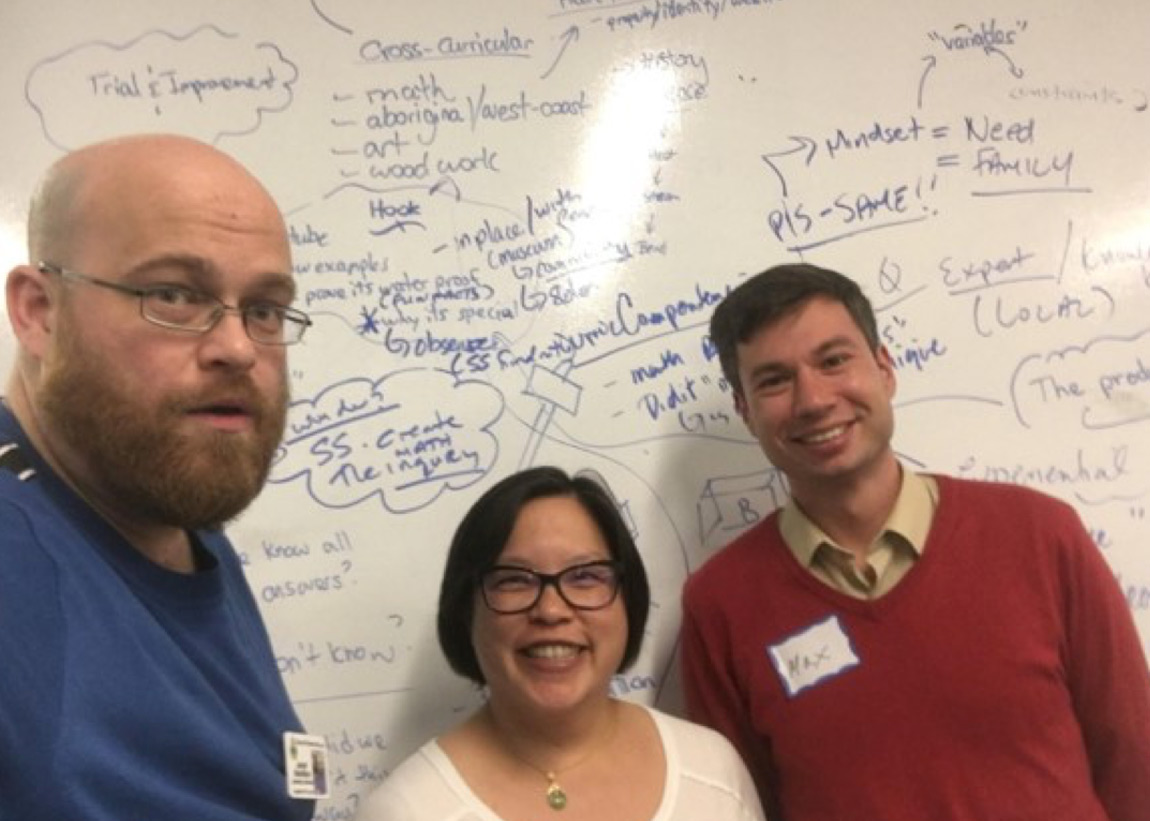 We were inspired by the idea of bentwood boxes and how they are constructed. Do they maximize volume and minimize surface area? This is an opportunity to create two threads of learning: one for the teacher learner and one for the student learners. Students and teachers will co-construct knowledge about Indigenous Worldviews and mathematics while developing one’s Personal/Social Core Competencies that are situated in place (i.e. on the land, in local indigenous Community, at a museum). The pedagogy begins with students and teacher wondering about Indigenous people and about the bentwood box. What do you notice? What makes it unique? What math do you see? This investigation of the bentwood box and significance of the bentwood box to an Indigenous community will lead to the mathematics of how bentwood boxes are made and designed, the application of surface area and volume, and angle/views/scale diagrams. The math can extend itself to maximization questions (i.e. maximizing volume and minimizing surface area), building and designing bentwood boxes, and co-teaching with community members and teachers in other subject areas such as woodwork, social studies, and fine arts. The learning process is iterative as we connect Indigenous Worldviews with mathematics.
We were inspired by the idea of bentwood boxes and how they are constructed. Do they maximize volume and minimize surface area? This is an opportunity to create two threads of learning: one for the teacher learner and one for the student learners. Students and teachers will co-construct knowledge about Indigenous Worldviews and mathematics while developing one’s Personal/Social Core Competencies that are situated in place (i.e. on the land, in local indigenous Community, at a museum). The pedagogy begins with students and teacher wondering about Indigenous people and about the bentwood box. What do you notice? What makes it unique? What math do you see? This investigation of the bentwood box and significance of the bentwood box to an Indigenous community will lead to the mathematics of how bentwood boxes are made and designed, the application of surface area and volume, and angle/views/scale diagrams. The math can extend itself to maximization questions (i.e. maximizing volume and minimizing surface area), building and designing bentwood boxes, and co-teaching with community members and teachers in other subject areas such as woodwork, social studies, and fine arts. The learning process is iterative as we connect Indigenous Worldviews with mathematics.
David Sufrin
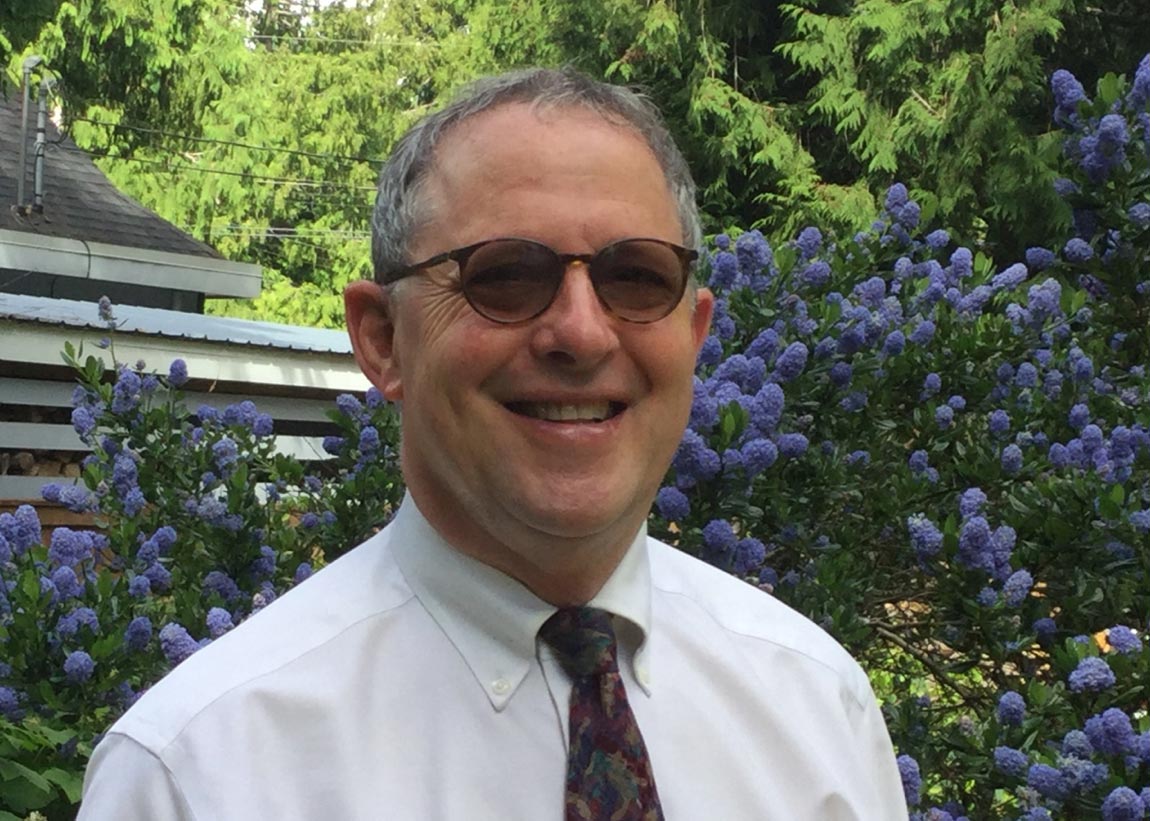 As a professor at the Duncan campus of Vancouver Island University, I have my preservice teachers create integrated activities for elementary and middle school students which connect Math with the local Cowichan culture and Hul’qumi’num language. I will share a brief “show and tell” of sample student assignments which involve this place-based learning. Examples include: “In the Berry Patch”, and “Spear Fishing”.
As a professor at the Duncan campus of Vancouver Island University, I have my preservice teachers create integrated activities for elementary and middle school students which connect Math with the local Cowichan culture and Hul’qumi’num language. I will share a brief “show and tell” of sample student assignments which involve this place-based learning. Examples include: “In the Berry Patch”, and “Spear Fishing”.
Over the past several years my students have made math connections to a wide variety of local and Canadian Aboriginal cultures. I am currently editing a collection of the best of my student assignments, both Elementary and Secondary.
Janice Novakowski
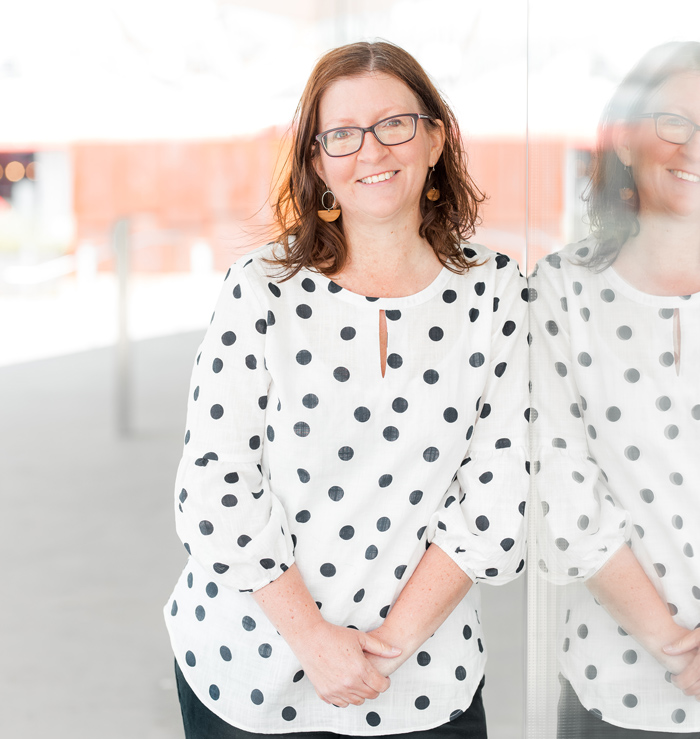 A group of K-5 educators in the Richmond School District engaged in a collaborative professional inquiry project during the 2018-19 school year, examining the ways that land-based materials might inspire mathematical thinking. This district project was part of a broader cross-district project on materiality and mathematics taken by the BCAMT Reggio-Inspired Mathematics project network. Teachers and their students, with the support of two district teacher consultants, developed awareness of their local environment through noticing and (learning the) naming land-based materials including clay, soils, and plants and then seeking mathematical connections. Students’ curiosity and questions often drove the investigations and the teachers nurtured mathematics curriculum and local cultural connections.
A group of K-5 educators in the Richmond School District engaged in a collaborative professional inquiry project during the 2018-19 school year, examining the ways that land-based materials might inspire mathematical thinking. This district project was part of a broader cross-district project on materiality and mathematics taken by the BCAMT Reggio-Inspired Mathematics project network. Teachers and their students, with the support of two district teacher consultants, developed awareness of their local environment through noticing and (learning the) naming land-based materials including clay, soils, and plants and then seeking mathematical connections. Students’ curiosity and questions often drove the investigations and the teachers nurtured mathematics curriculum and local cultural connections.
Judith Koeller
I developed an activity based on a map of the Haldimand Tract land promised to the Six Nations on either side of the Grand River. The activity was developed for a course taken by current middle school and high school mathematics teachers. The mathematics required uses the area of simple 2D polygons, and ratio of areas involving map scale, cm, miles and acres. We calculate the percentage of the promised tract to the area presently occupied by the Six Nations, and describe a similar percentage of the area of our own homes.
Welcome | Thank you for attending the 9th Indigenous Math Symposium on the traditional, unceded territory of the xʷməθkʷəy̓əm people. We look forward to learning together as we connect, explore, imagine and share new ideas, resources and research on Indigenous math education.
Guiding Questions
1. How can Aboriginal education and mathematics education work in productive conversation?
2. What more do we need to know to improve Math education for Aboriginal learners?
3. What goals should the BC K-12 Aboriginal Math Consortium undertake?
Tuesday May 14, 2019 | 8:30 a.m. – 3:00 p.m.
Sty-Wet-Tan First Nations Longhouse, 1985 West Mall, UBC
- 8:00 – 8:30 Pick up registration material | Coffee/Tea available | Meet & Greet.
- 8:30 – 9:00 Welcoming Remarks and Circle Sharing (Take/bring a photo – on your phone – in response to the statement “This is math, to me …”)
- 9:00 – 9:45 Dr. Lynn Lee – Ocean Scientist “Restoring Kelp Forests Chiixuu Tll iinadsdll: Finding the Balance.”
- 9:45 – 10:45 Choose a Hands-on Activity Nest: 1) Weaving with Spelexilh Anjeanette Dawson in the Longhouse; 2) Carving with Dave Robinson outside the Longhouse; 3) Coding with Yvonne Dawydiak, Janis Sawatzky, Eleanore Wellwood and Karleen Delaurier-Lyle in the Longhouse and Xwi7xwa Library.
- 10:45 – 11:00 Refreshment Break.
- 11:00 – 12:00 Informal Sharing.
- 12:00 – 12:45 Lunch is provided.
- 12:45 – 1:45 Marny Point – Celebrating Mathematics and the Year of Indigenous Languages with hən̓q̓əmin̓əm.̓
- 1:45 – 2:45 Informal Sharing or Circle discussions in primary and secondary circle groups. Adapting activities for the students you teach. Connections to the curriculum.
- 2:45 – 3:00 Wrap-up Discussion, Acknowledgements with Door Prizes.

